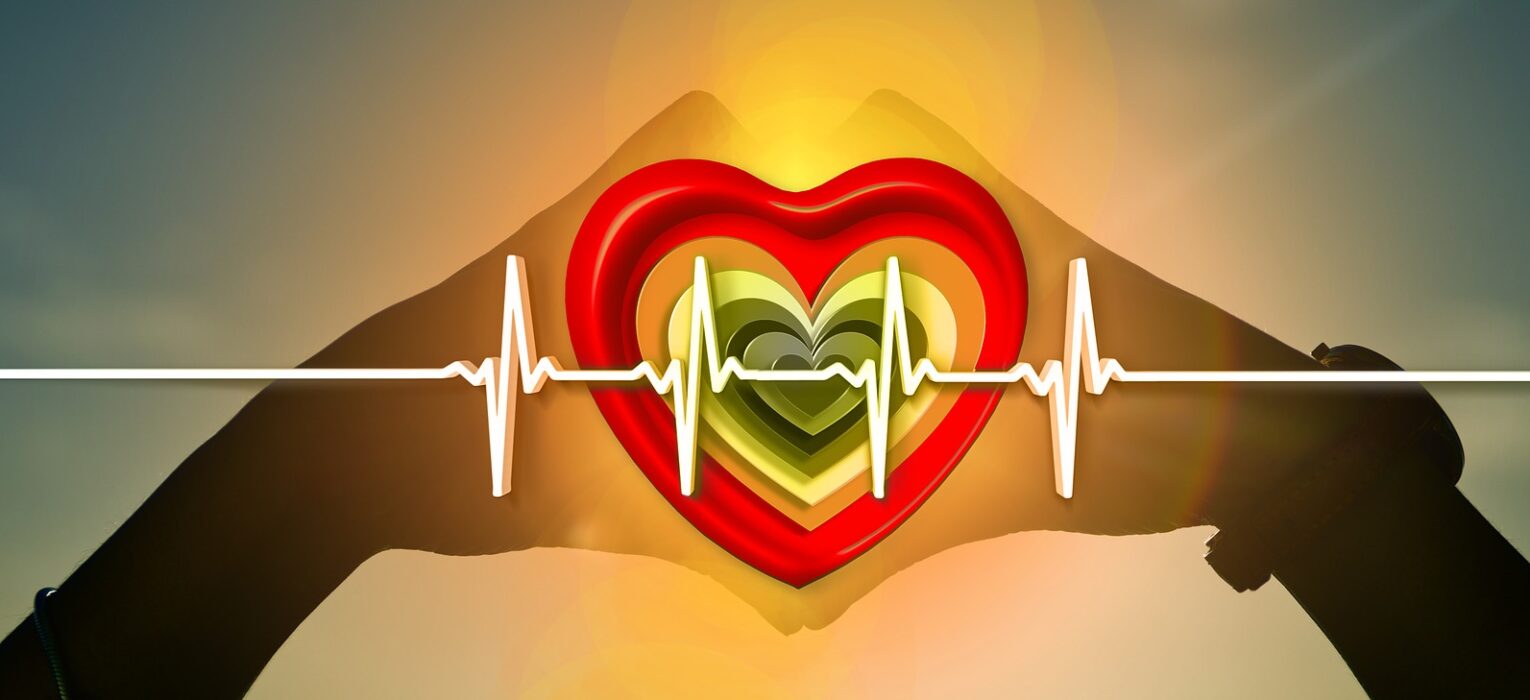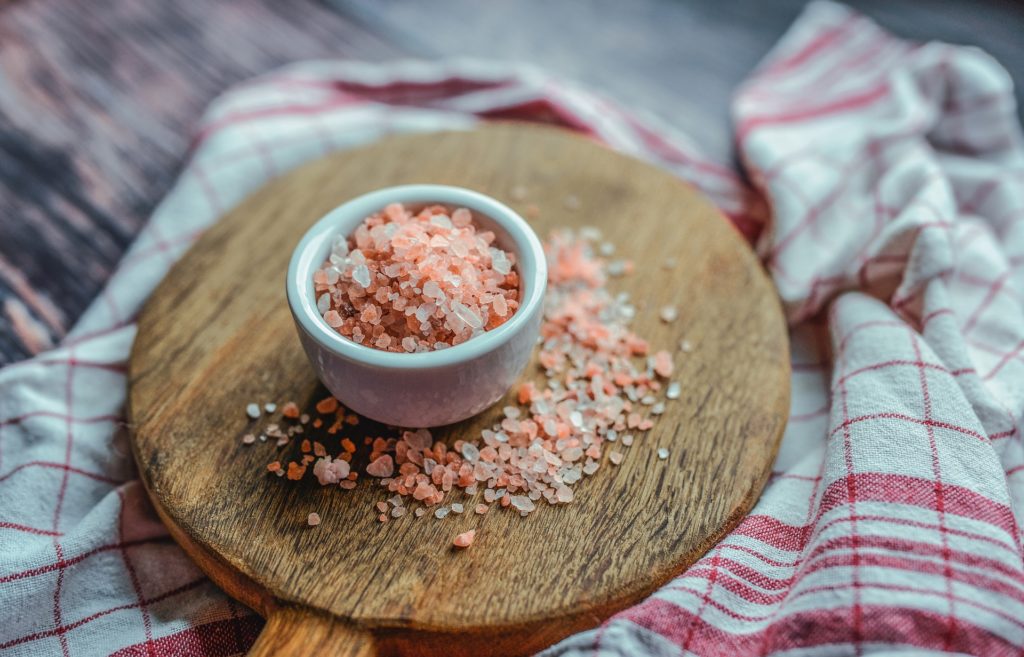I may earn money or products from the companies mentioned in this post.
POTS, postural orthostatic tachycardia syndrome, a form of dysautonomia, is a condition that causes the body to struggle to get enough blood to the head when a person changes position from supine (lying down) or sitting to standing. Someone with POTS will have at least a 30 beats per minute (40 bpm for children) change in heart rate from resting to standing and it doesn’t go away after a couple minutes but continues and can get worse leading to severe dizziness and fainting. This process is exhausting and can additionally lead to extreme fatigue, nausea, and headaches.

The first line of treatment for all folks with POTS is increased hydration and increasing electrolyte salts to help create a balance in the body that allows for the support of blood volume. Finding ways to improve this body balance is the primary treatment and may be accomplished without medications for some, although meds are necessary for others. In this post I’m not going to cover a lot of the medication options but I will share the tools we have found helpful.
Patrick is an athlete and he wasn’t about to let POTS take him down . . . even though that was exactly what it was doing in the beginning. Over the last three years we have found some things that work for us and are helpful, so I’m going to share those with you here, ranging from easy to add things at home to medical interventions. Our focus is on finding and maintaining balance, so that the body can take care of the rest!

One of the most important tools is one that you can’t buy anywhere – movement. It can be really easy to fall into a place where exercise feels impossible when you are dizzy every time you stand up . . . but, it’s vital to either get moving or keep moving. Sometimes this requires different types of exercise and to work up to old exercise routines. There are protocols out there to help you get moving again. One that is easily available is from the Children’s Hospital of Philadelphia. It is pretty comprehensive and free!
Adding salt to your diet is often one of the first steps. Salts like Pink Himalayan Salt or Sea Salt instead of typical table salt are usually suggested. Adding up to a couple teaspoons to foods over the course of the day is often suggested and sometimes salty foods can be a solid rescue option if things go downhill during a busy day. We have used foods like salt and vinegar chips or french fries along with water as a way to help feel better during an unexpected crash. It is important to try to avoid caffeine though as it can make things worse, so no soda with those fries!
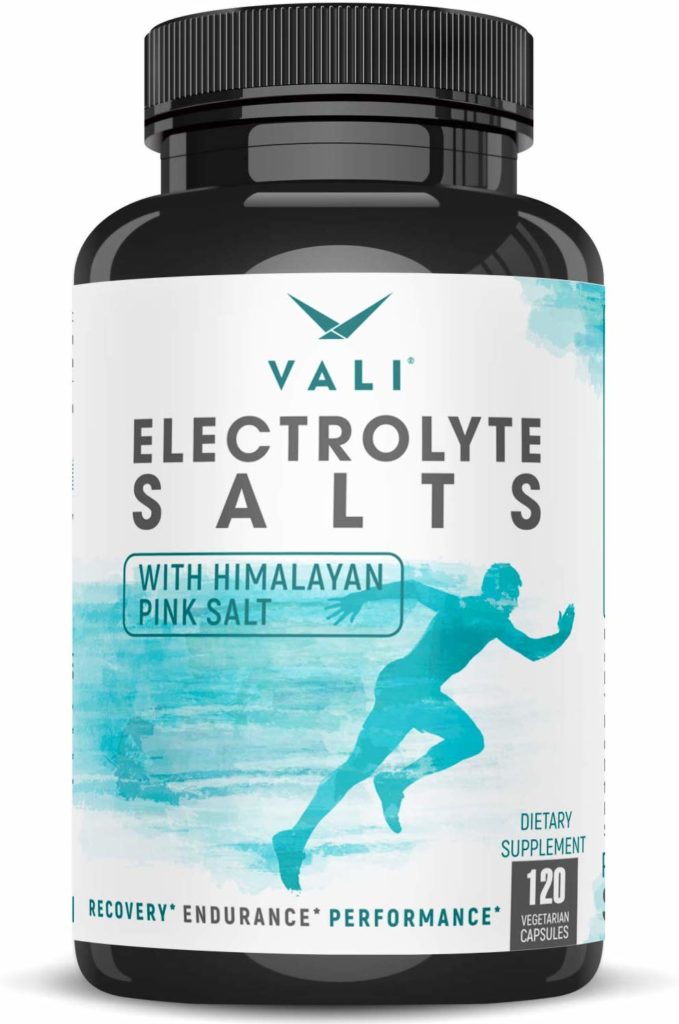
Electoryle Salt Tabs – Adding salt to your food is enough for some folks but it wasn’t quite enough here, so we added these tabs. We tried a couple of different products but this one seemed to help the most. Patrick takes them daily with his morning meds and also carries a bottle in his baseball bag for those insanely hot baseball days where dehydration is a danger and he might need some extra salt.
Electrolyte Drinks – As a mom of a POTS kiddo, life is pretty dependent on hydration. Hydration doesn’t just mean drinking enough water but maintaining a salt balance which is roughly one electrolyte drink to one bottle of water. This can be a big challenge and for us it meant a high reliance on Gatorade or Body Armour drinks which get crazy expensive and inconvenient to carry around, not to mention all the plastic bottles we were going through! Plus, Patrick didn’t really need the sugars and has mast cell issues with dyes which further complicated the search for appropriate drinks. For the first few years we relied heavily on Liquid IV which solved the dye issue and allowed us to carry fewer bottles as Patrick could refill his water bottle from the water jug and just add the packet of Liquid IV but he only liked one of the flavors as the others were too strong for him and it still meant carrying a bunch of packets with him all the time.
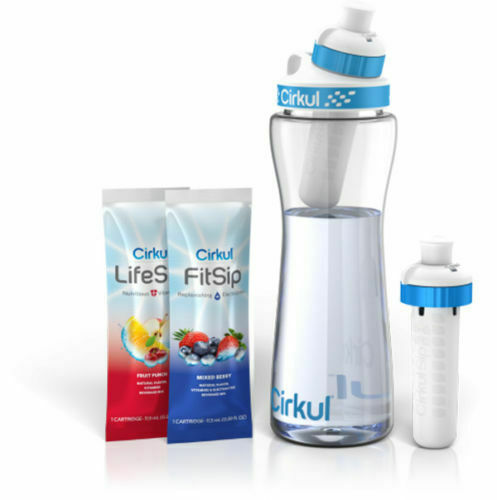
So, this last November we switched to Cirkul and we both kind of love it. Each cartridge gives him approximately 8-10 bottles of electrolytes without sugar or dye. I did the cheap trial to see if he would like the flavor and make sure he didn’t have any weird reactions as he can be unpredictable but, we both loved the product. There have been some flavors we didn’t love, but we have both found some that we like. Patrick rotates between the electrolyte flavors for baseball and workouts and the vitamin flavors for a change when he is just hanging around the house. I stick primarily to the vitamin flavors to boost my vitamin C as a teacher. We both love that we can control the strength of the flavor and can switch from flavored water to unflavored water in just a second, without carrying multiple bottles! Going to Cirkul is also saving me money which I greatly appreciate, too. The link I have included here will take you to their site and give you a discount if you decide to try it out and see what you think. I’m kind of ridiculously excited about this product right now as it has been so nice to spend less money, carry fewer bottles/packets, and have more choices about flavor and strength of flavor.

Compression Gear – Folks who have both EDS and POTS battle another issue, blood pooling. The stretchiness of the EDS blood vessels allows for blood to pool in your feet. This means that there is less blood coming back up into the system and can exacerbate POTS symptoms. So, compression gear is a must when you are trying to be active or stand for long periods of time. You can go with compression socks or compression pants. Patrick wears compression pants under his baseball uniforms and work out clothes to help him stay upright during the long standing games of baseball – he can’t do socks because I can’t find any compression socks that don’t piss off his CRPS or that are made for his shoe size.
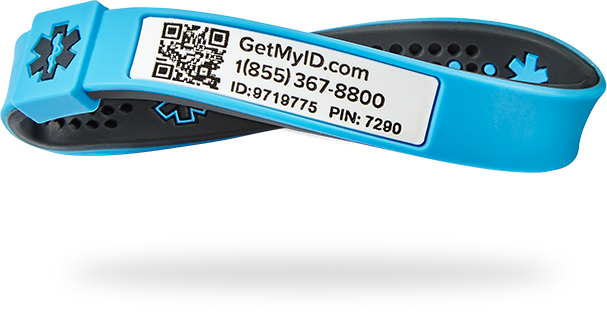
MyID – This isn’t really a tool but it can be really important. These products come in a ton of styles and some even have a year long warranty. Patrick wears a sports style one and we have had cause to use the warranty when one has broken and I have been very impressed with their customer service. We have also had cause to have emergency medical personnel use the website on the band to pull up Patrick’s records and it worked like a charm. I looked at a lot of different bands when trying to find something and with Patrick’s significant medication allergies it was vital that he could have something that gave medical personnel a full list of his conditions and allergies which is WAY too long for a typical medical band. I list this as a POTS tool because my concern was that Patrick would have an issue at a practice or at the mall with his friends and the people around him would call for help and I wouldn’t be around to fill in all the medical information! So, I think this is an important thing to consider for all POTS folks.
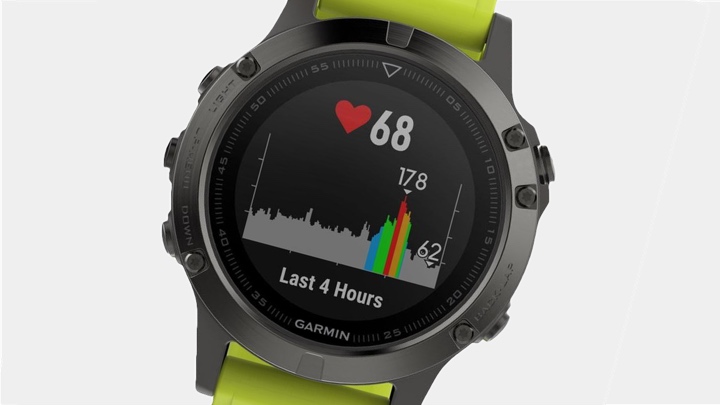
Smartwatch – This isn’t necessarily a vital tool, but it is helpful. A smartwatch of some kind can provide either pulse or some of the more expensive ones can do blood pressure as well. We went with a Garmin VivoActive 3 as one of the less expensive options with good charging time. It is one that tells the pulse but not the blood pressure but the pulse usually tells us what we need to know. It’s a great watch overall with activity tracking and all the bells and whistles but the bonus is the ability to check pulse changes without having to find the blood pressure cuff and the app lets you see the patterns and changes as well which I like since I’m a data person.
Medications – I am not going to cover much in the way of medications as we haven’t had a ton of experience with these. Common medications to try early on, if other treatments aren’t sufficient to get it under control, are medications like Adderall which is used because it is a vasoconstrictor and helps to keep the blood pooling to a minimum, fludrocortisone which at low levels increases plasma levels, or beta blocker types of medications. If you wind up taking fludrocortisone, just don’t forget to pair it with a potassium supplement as it can cause a deficit in that vitamin leading to increased muscle cramps.
IV Fluids – IV fluids can be an effective tool, either on a schedule or as needed. We found that a schedule worked better for us to prevent massive POTS crashes. IV fluids basically just fill up the body and get it back in balance. Patrick has had an order for IV fluids for the last three years. He is on a pretty regular schedule these days and it seems to really help reset him, especially during baseball season when he is going to practices for multiple hours 5-6 days a week.

In addition to these tools, Patrick’s service dog, Ziggy, serves as a medical alert dog for his POTS in addition to having some other tasks. This is a whole other set of posts since that process was a ton of work, however, Ziggy is awesome and does a great job of keeping track of Patrick’s heart rate and alerting when something is off. Ziggy’s primary job is to get Patrick closer to the ground if his heart rate goes crazy which is important because passing out from 6’3” up is much more likely to cause a head injury than passing out from a sitting position. Ziggy has travelled with us and performed his work when he has had to. He is a very valuable member of our team. Thankfully with the other interventions in place Patrick is very stable POTS wise at this point and Ziggy is usually pretty bored these days!
I am sure I am forgetting some things! If you have tools that you use that I didn’t list, please post them in the comments! I hope this list might help someone with new ideas, we were all trial and error and help from other parents who went before us.
Love Always – Meg

